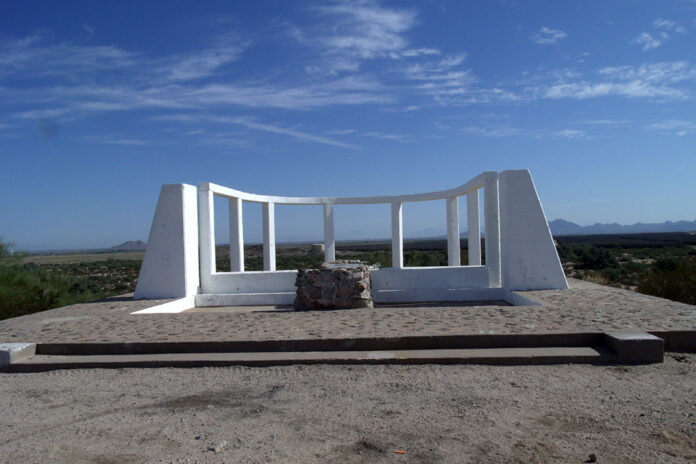
By Maricopa Historical Society Vice President Denny Hoeh
For Archeology & Heritage Awareness Month, Maricopa Historical Society Vice President Denny Hoeh shared his top 10 historically-significant sites that contribute to the rich and diverse social tapestry around Maricopa. He said he hopes residents will step out and learn a few things beyond the legends and oral histories of the community.
“There’s an old expression that’s attributed to Dr. [Richard] White from the University of Washington. He said that ‘Americans love history, but have little use for historians,’” Hoeh said. “We all like our histories and we all like our stories that we have grown up with and things of that nature, but it’s nice to go to these places and see a little bit more of the correct history, some of the artifacts and some of the information that we might have missed in the folklore.”
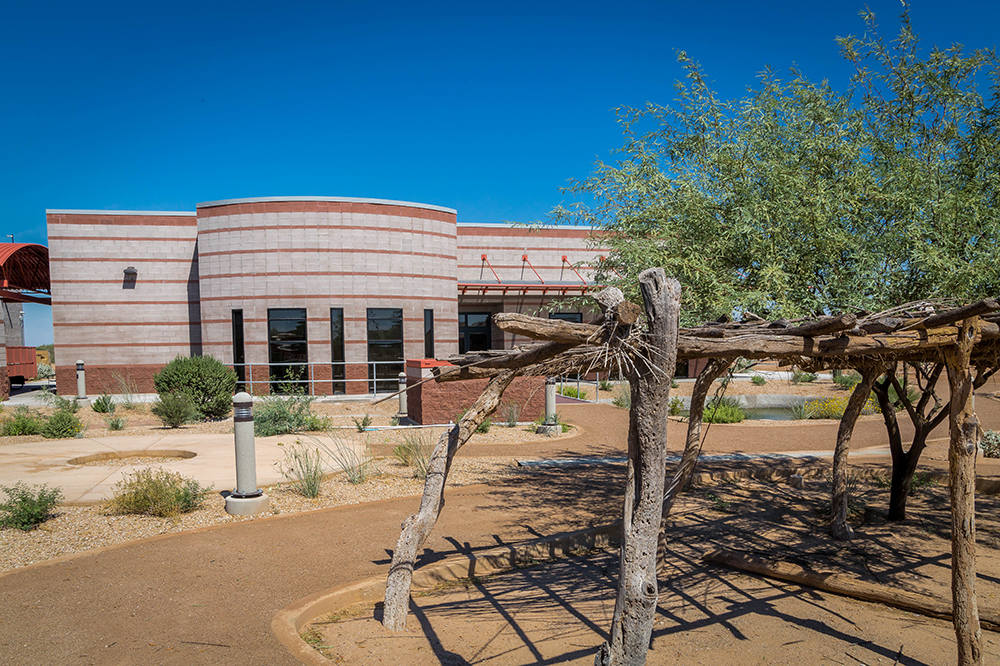
- Ak-Chin Indian Community
“They actually have three museum sites… which give a lot of history of Maricopa and the Native Americans just to the south [of Maricopa]. Those are [all] free [and] open to the public pretty regularly.”
- Him-Dak Eco-Museum – 47685 W. Eco-Museum Road
- Bureau of Indian Affairs Agency House – 46348 W. Farrell Road
- Francis of Assisi Mission Schoolhouse – 16657 N. Church Road
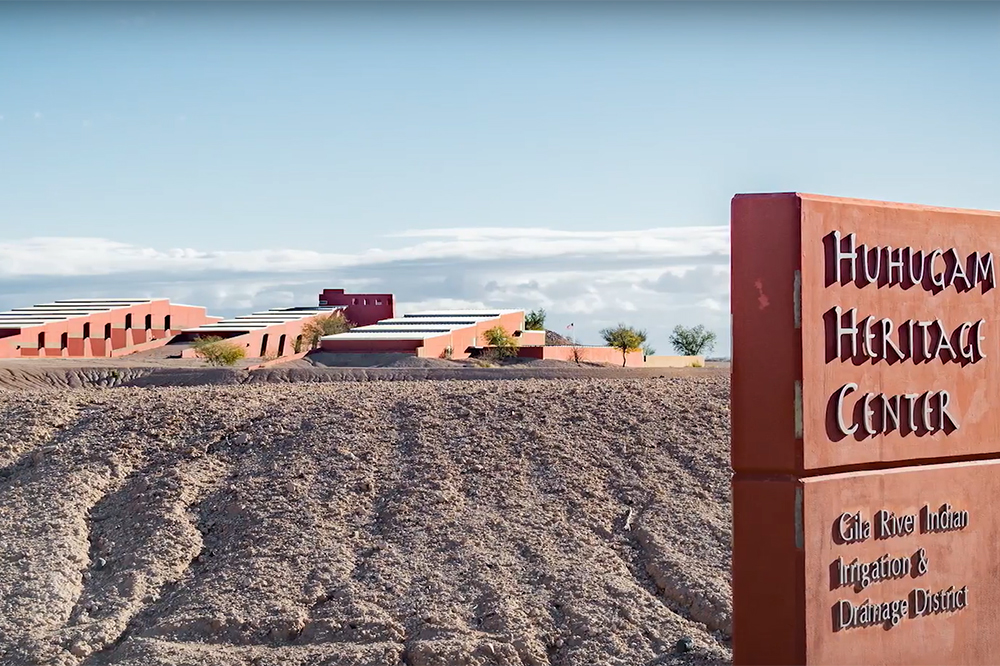
- Huhugam Heritage Center – 21359 S. Maricopa Road, Chandler
“It’s significant because not only does it have displays on the Akiel O’Odham and Peeposh members of the tribe, but it also stores the artifacts from Snaketown. Snaketown was one of the most significant Hohokam centers.”
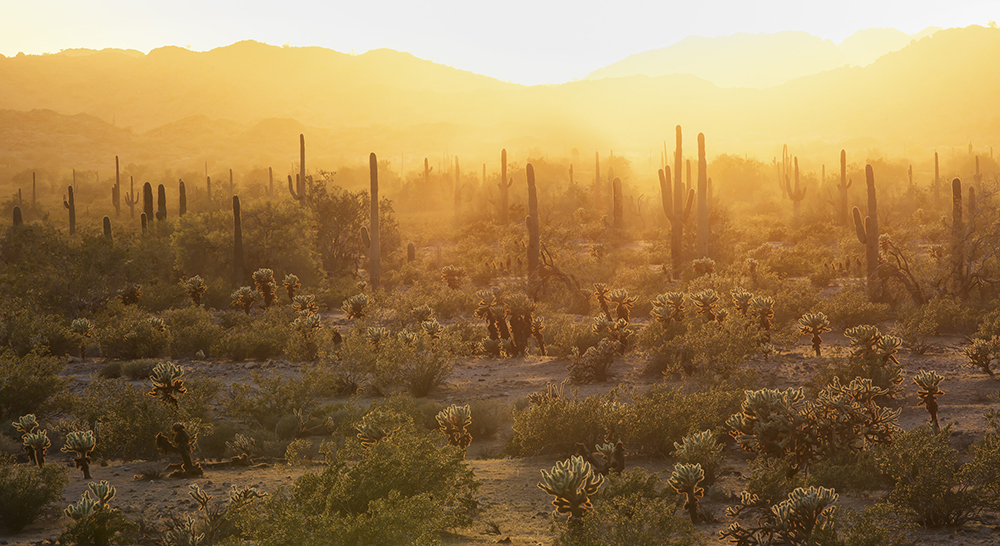
- Sonoran Desert National Monument
“[The monument is] terribly underused, but through the national monument was a thoroughfare that literally people have been using for centuries. It designates nine different, recognized trails or nine different aspects to the trail.”
The area was traversed by pre-colonial indigenous cultures living around the Gila River basin; Spanish explorers in the 16th, 17th and 18th centuries, including Francisco Coronado, Juan Bautista de Anza and Father Kino; the Mormon Battalion, Forty Niners and multiple stagecoach routes.
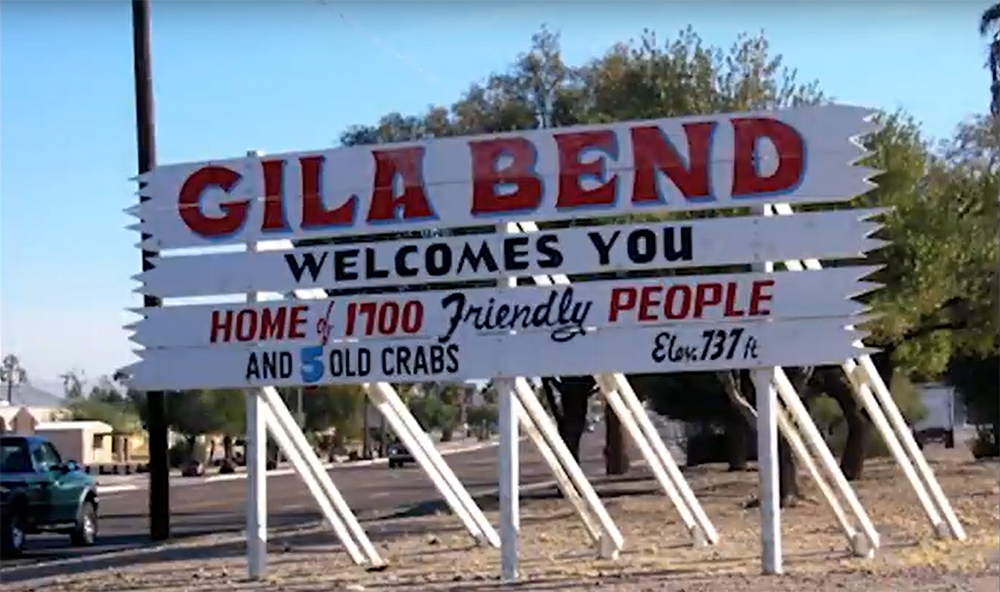
- Gila Bend Museum – 644 W. Pima St., Gila Bend
“In that museum it talks about [the historic] trails. It has pictures and exhibits and even some artifacts.”
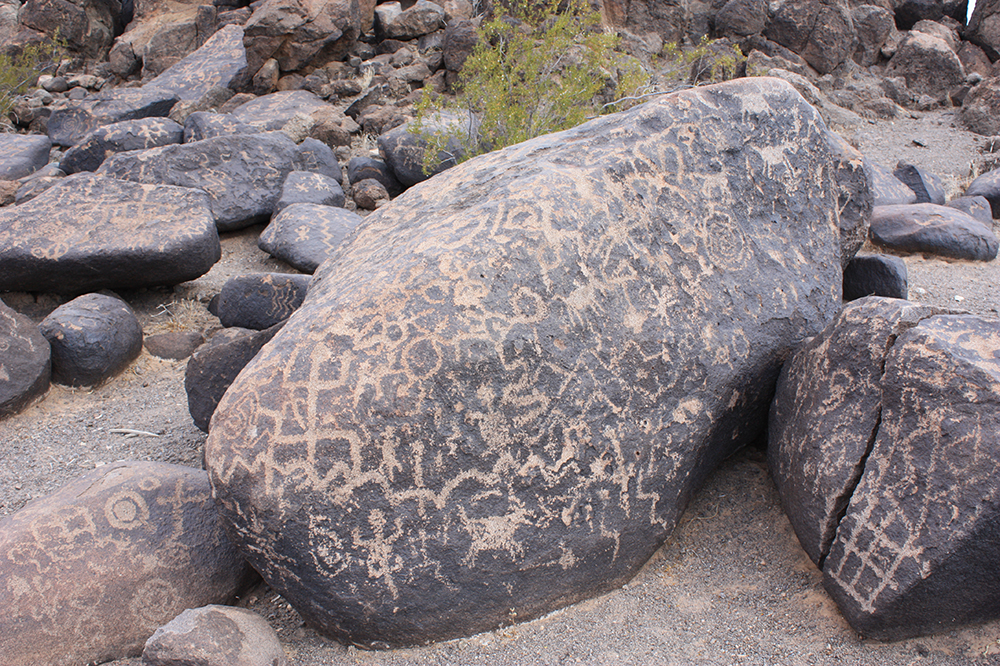
- Painted Rock – Petroglyphs – Rocky Point Road, Dateland
“It is the petroglyphs of the Hohokam people. It’s significant in that it is such a clear place that many of the folks who came along those trails and kept journals describe this area. So, we know exactly this area was visited by de Anza, was visited by the Mormon Battalion, was visited by gold rush pioneers as well as the Butterfield Stage[coach] line.”
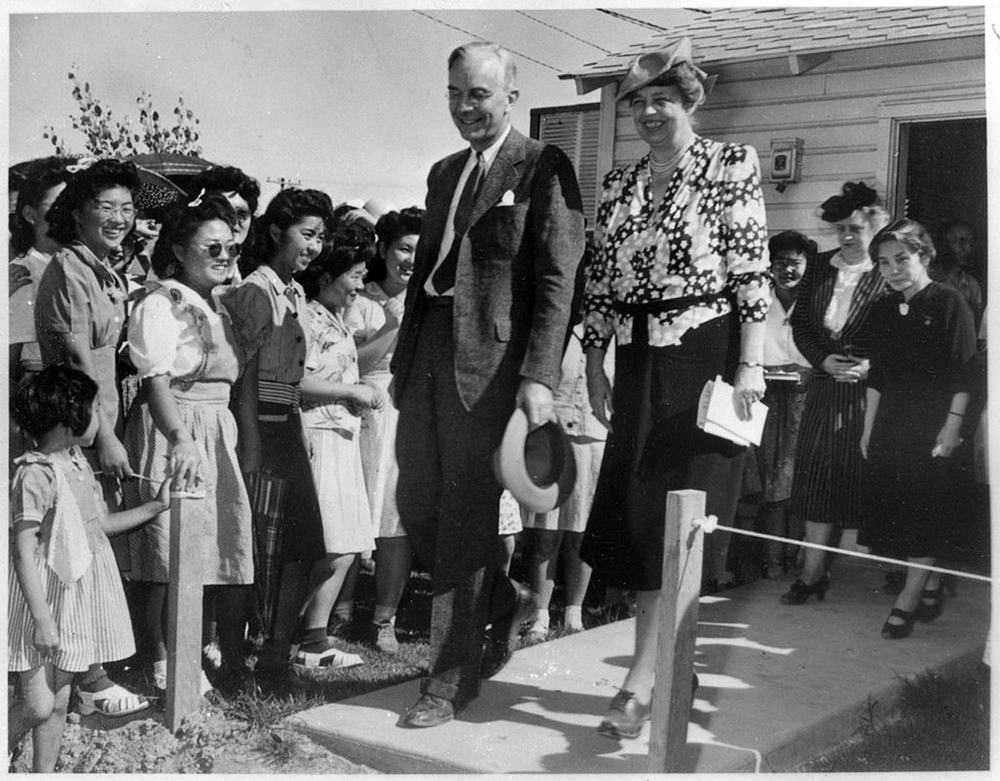
- Japanese Internment Camp – Butte Camp Monument – Indian Route 86
“There’s an old structure that used to be the cultural center of the Gila River community. They’ve closed that cultural center, but in front of that they have displays and information about the Japanese internment camps… that were just outside of Maricopa.”
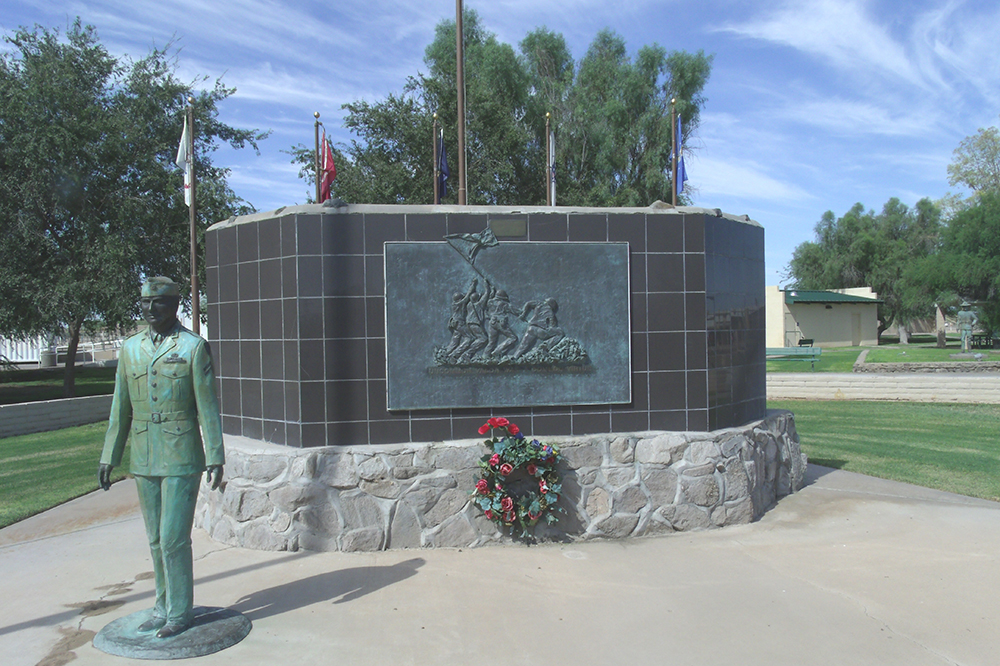
- Mathew B. Juan – Ira H. Hayes Memorial Park – Voak Drive, Sacaton
“[The commemorative park] talks about Ira Hayes [and] it talks about the veterans of WWI. One of the first soldiers to be killed in WWI happened to be a member of the Gila River community.”
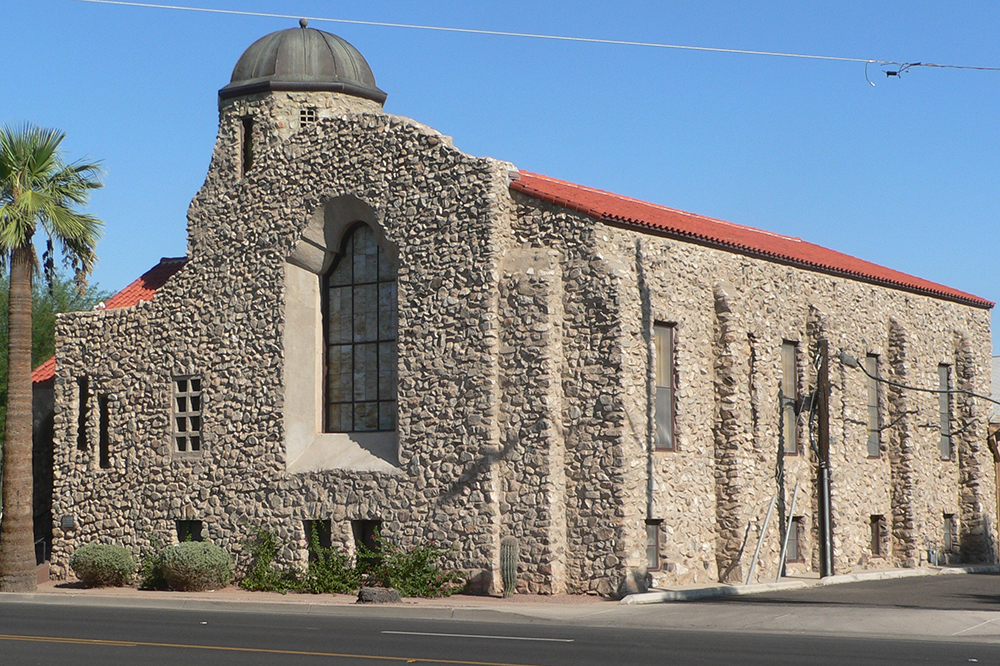
- The Museum of Casa Grande – 110 W. Florence Blvd., Casa Grande
“It’s the old stone church building, [but] because Casa Grande and Maricopa paralleled a lot of history, when you go in and look at that museum, a lot of the history that is in that museum is also the history of Maricopa.”
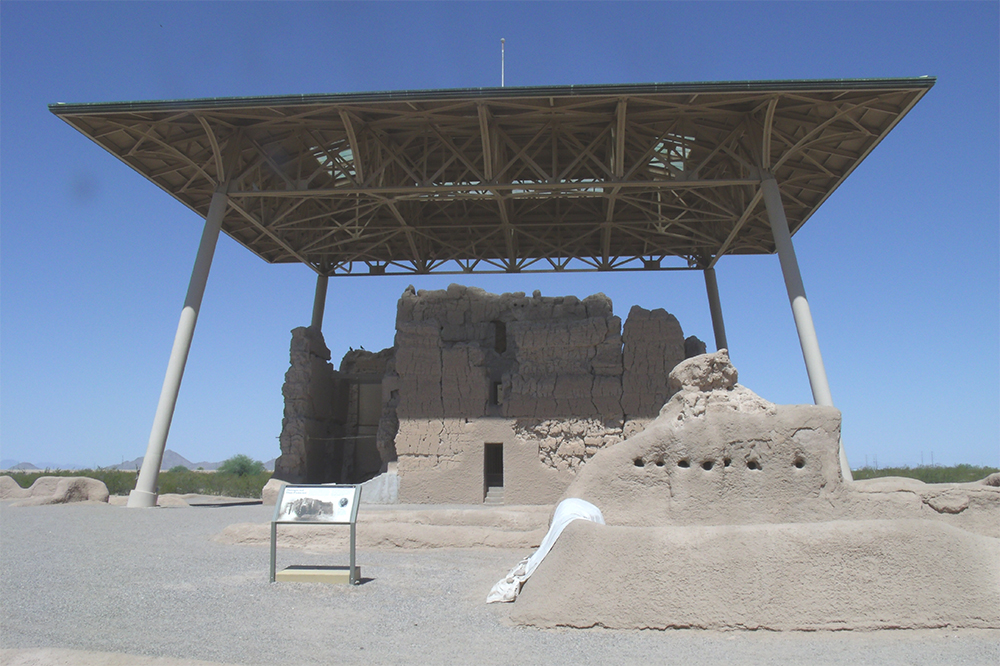
- Casa Grande Ruins National Monument – 1100 W. Ruins Drive, Coolidge
“This has been around for a long time, It’s again one of those places that were recorded in lots of different histories, and when different people came into this area, they kept journals and they mentioned this area.”
In 1918 it officially became a national monument, so it is celebrating its 100th birthday as a National Monument this year.
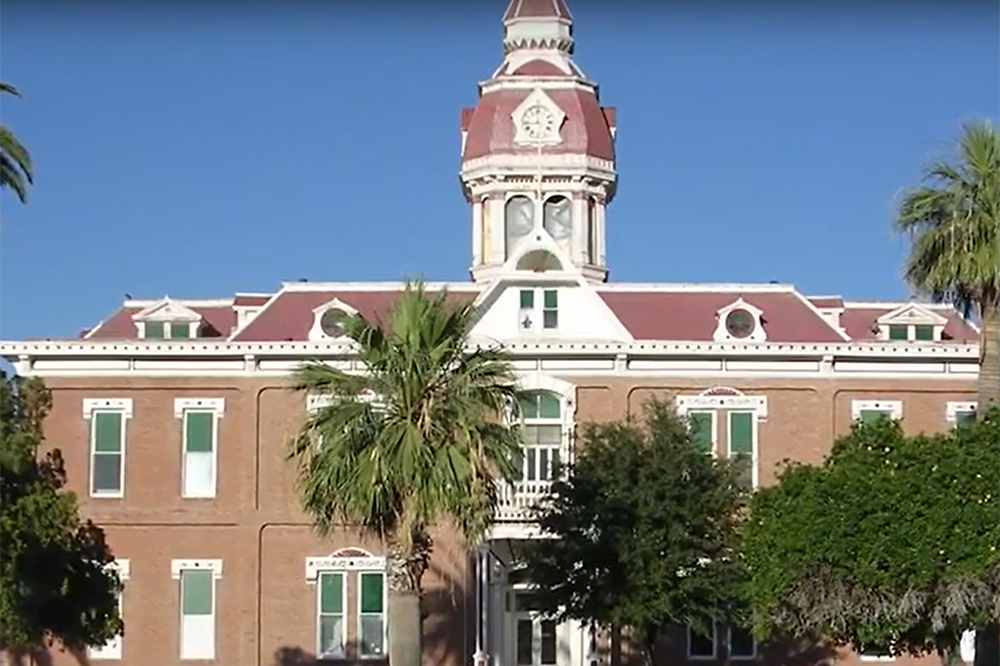
- Florence
“I think you have to go to [Florence] to have a feel for the history of the area. [It] has a state historical park called McFarland [Historic State Park]… it has some great displays on the WWII German prison camp that was there… Also, the Pinal County Historical Society has a great museum… it has some great displays about this area [and] Pinal County. It also has a whole section that looks at the state prison.”
“One of the [other] buildings that you see right away [in Florence] is the second Pinal County Court House. You can go in, there’s a little bit of an exhibit, and the fun thing about that is that when they built it they ran out of money before they put in a clock, so they painted a clock in the tower.”
MacFarland State Park – 24 Ruggles St., Florence
Pinal County Court House – 135 N. Pinal St., Florence
Pinal County Historical Museum – 715 S. Main St., Florence
This story appears in the March issue of InMaricopa.

![3 things to know about the new city budget Vice Mayor Amber Liermann and Councilmember Eric Goettl review parts of the city's 2024 operational budget with Mayor Nancy Smith on April 24, 2024. [Monica D. Spencer]](https://www.inmaricopa.com/wp-content/uploads/2024/04/spencer-042424-preliminary-budget-meeting-web-218x150.jpg)




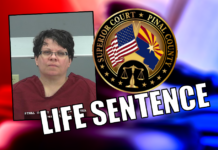

![MHS G.O.A.T. a ‘rookie sleeper’ in NFL draft Arizona Wildcats wide receiver Jacob Cowing speaks to the press after a practice Aug. 11, 2023. [Bryan Mordt]](https://www.inmaricopa.com/wp-content/uploads/2024/04/cowing-overlay-3-218x150.png)



![Alleged car thief released without charges Phoenix police stop a stolen vehicle on April 20, 2024. [Facebook]](https://www.inmaricopa.com/wp-content/uploads/2024/04/IMG_5040-218x150.jpg)

![3 things to know about the new city budget Vice Mayor Amber Liermann and Councilmember Eric Goettl review parts of the city's 2024 operational budget with Mayor Nancy Smith on April 24, 2024. [Monica D. Spencer]](https://www.inmaricopa.com/wp-content/uploads/2024/04/spencer-042424-preliminary-budget-meeting-web-100x70.jpg)


